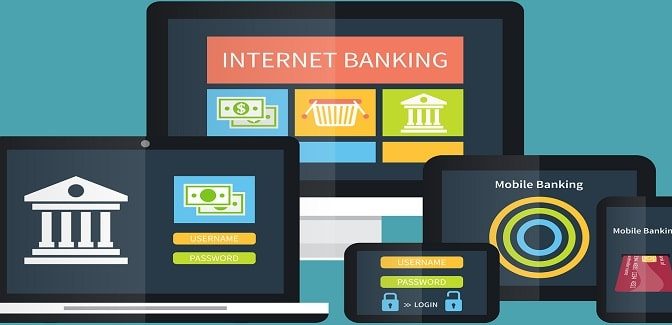Banking and technology go hand-in-hand. Many top tier financial institutions are investing heavily in innovation labs, tech experts, and other resources to bring next generation fintech solutions to market. However, they sometimes struggle to do this on their own due to size, magnitude, or lack of in-house expertise.
One of the biggest considerations in developing fintech solutions is speed to market. As technology becomes more prominent in banking, some financial institutions want to break away from a reputation for slow progress. They not only need to develop highly secure technological solutions that can successfully serve customers with diverse needs, but also deliver and implement these solutions at a pace that’s rapid enough to stay competitive.
Silos are another challenge that financial institutions encounter in their attempts to modernize services and operations. As technology evolved over the years, financial institutions often utilized an assortment of products that failed to work harmoniously with one another. These disparate systems can create significant organizational and administrative challenges within the banking ecosystem. A fintech partner can help make sense of these silos and restructure or develop new technological infrastructure to help carry established financial institutions into the modern age.
As market demands increase, many financial institutions find that they need more comprehensive technology support. For some, outsourcing technology services may be the most cost-effective solution. Working with a fintech partner can provide access to an arsenal of expertise and open doors to innovation that financial institutions might not consider on their own.
Security is paramount, especially as public concerns over cyber and financial crime continue to escalate. A fintech partner can help fill the gaps in a financial institution’s internal resources and equip it with the expertise and finesse required for particularly high-risk undertakings. The right partner can ensure that solutions are innovative and user-friendly, as well as secure and compliant with all regulations.
Outside the Box Thinking
Aside from partnering with fintechs for technology platforms, financial institutions can also leverage fintech-developed services to gain a competitive advantage and market differentiation. A Cornerstone Advisors report lists three potential areas small to mid-size financial institutions can leverage:
- Bill negotiation services that integrate with a financial institution’s bill pay platform and analyzer consumer bill payment activity to make recommendations for ways to lower bills and save money.
- Subscription service management that offers consumers one place to subscribe, manage and cancel all subscription services from one location.
- Data breach and identity protection services that make dealing with data breaches easier for both consumers and the financial institution by continually analyzing reported data breaches throughout the U.S. and assigning a risk score to activities.
The Bottom Line
Development and deployment of fintech solutions require significant investment of resources. Therefore, financial institutions may feel more comfortable working with a partner that has both the bandwidth to deliver high-quality fintech solutions to market and a proven track record of doing so. In addition, fintech companies serve more than one client, giving them a unique vantage point unavailable to an individual institution. It could take an internal team several months to research an issue and determine the best solution for it. Alternatively, fintech companies are poised to quickly offer a diverse array of solutions that can be customized for any sector or function.
With a trusted fintech partner, financial institutions can capitalize on a bird’s eye view into the industry, leverage security and compliance expertise, accelerate product delivery and continually innovate. An astute fintech partner can be instrumental in helping generate new revenue and achieve goals quickly and efficiently. For financial institutions, aligning with fintech partners that offer strategic, cost-effective solutions and support can be an intelligent investment as competition within the industry continues to heighten.
Updated from a blog originally published January 22, 2020.
Read the checklists for what banks or credit unions should look for in a payments fintech partner.
Today’s legacy and siloed banking technology infrastructure limit financial institutions’ ability to rapidly innovate. It’s time to look at money movement in a new way. Alacriti’s Orbipay Unified Money Movement Services does just that. Whether it’s real-time payments, digital disbursements, or bill pay, our cloud-based platform enables banks and credit unions to quickly and seamlessly deliver modern digital payments and money movement experiences. To speak to an Alacriti payments expert, please call us at (908) 791-2916 or email info@alacriti.com.











